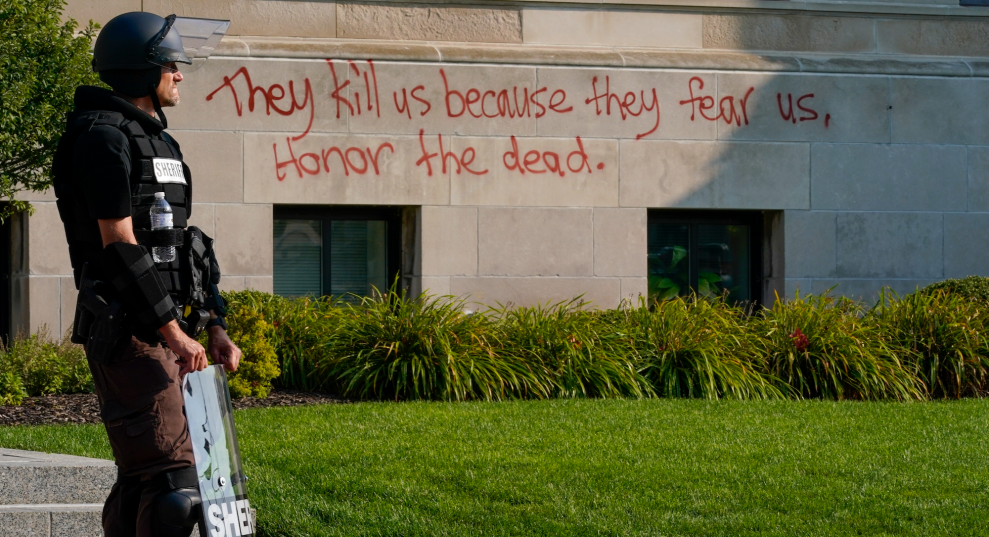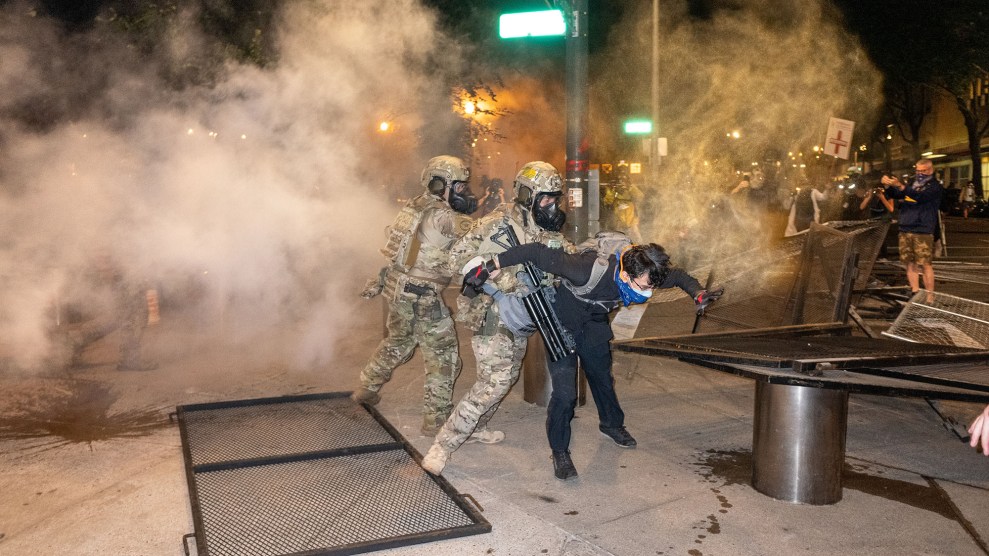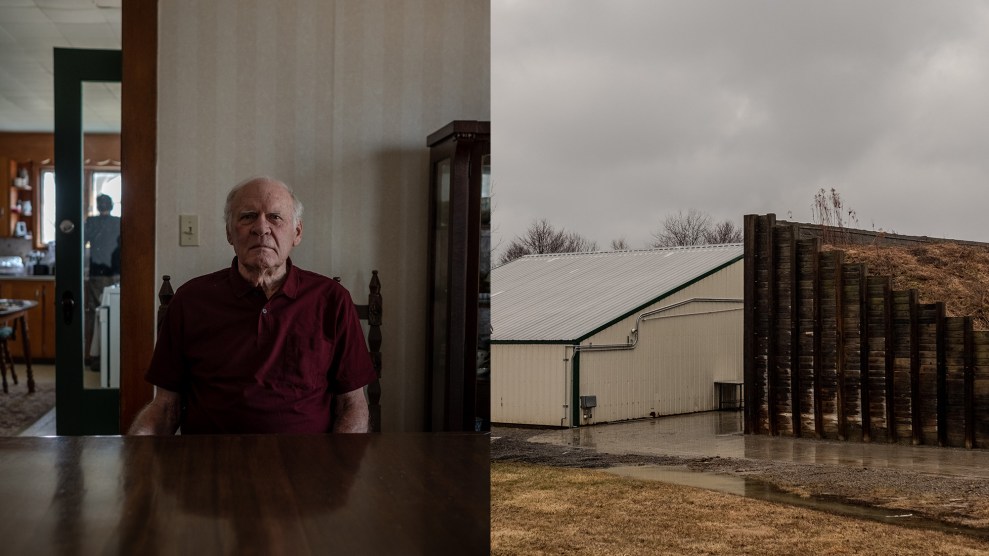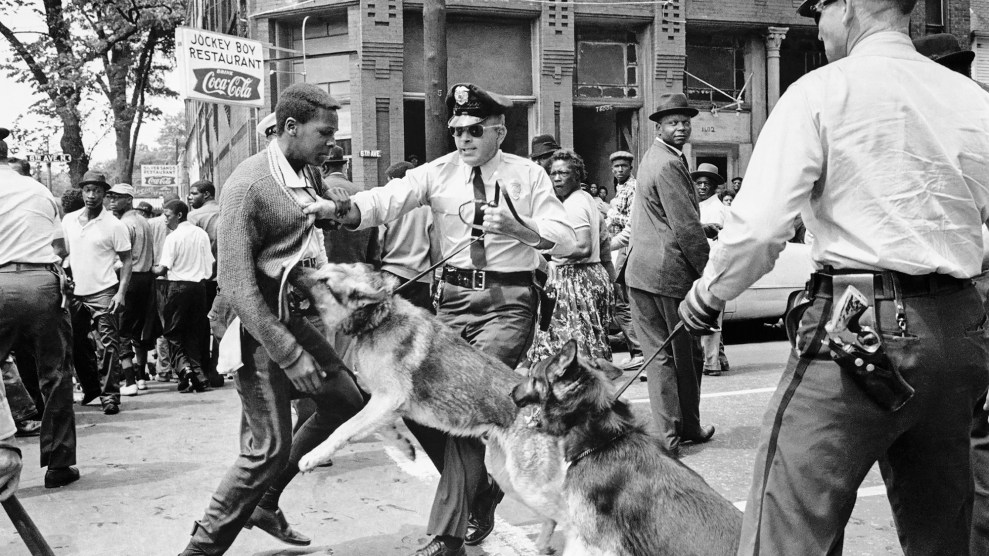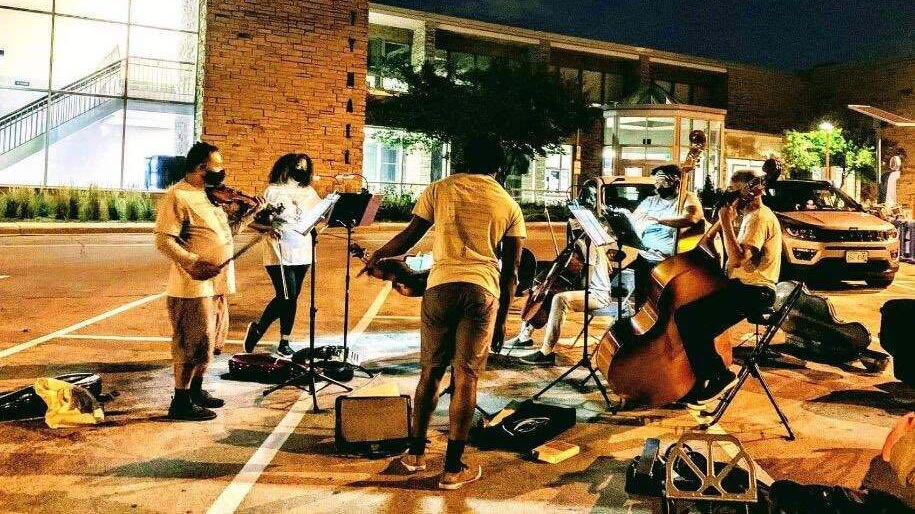
The Black String Triage Ensemble plays outside in AugustCourtesy of Dayvin Hallmon
Whenever there’s a shooting, Dayvin Hallmon turns to his violas and violins. He’s the founder of the Black String Triage Ensemble, an all-volunteer Black and Latinx orchestra in Milwaukee that plays music at crime scenes to help the community grieve and heal. Before creating the ensemble in 2019, he lived in Kenosha, first as a college student and then as an elected government official for a decade starting at age 23. On Monday night, Hallmon, 35, drove from Milwaukee back to Kenosha with his ensemble as hundreds of people took to the streets to protest the shooting of Jacob Blake by a police officer. Tear gas soon surrounded their makeshift stage as they tried to play their instruments. A couple of days later, I talked to Hallmon about his troubling experiences with the police in Kenosha, and how he was processing the news of the shooting:
The person I affectionately call my twin flame told me about it. She sent me a text message on Sunday. I was in my apartment, talking to my pianist, and I looked at my phone and I’m like, Whaaat? I said, “Send me the video link, send me the video link,” and my twin flame sent me the video link, and so I watched it, and it was just straight-up murder. And I looked at the pianist and I said, “Kenosha is gonna burn to the ground.”
I grew up in Racine, but I lived for a while in Kenosha. In 2003, when I was beginning college, I had just come out of the closet to my mother. My mother, a Christian woman, at the time was extraordinarily homophobic, and she kicked me out of her house. I had just started a job at Kmart, and I went to work, but I hadn’t even gotten my first paycheck, I didn’t have any money, so at lunch when I had nothing to eat I just got the violin out of the car and played it. I ended up in Kenosha because a friend of mine there took me in. I just never had enough money to leave.
My stepfather was a doctor. I come from an upper-middle-class family, and we were not taught to be afraid of law enforcement. We were taught to be aware and respectful, but fear was never a component. As a boy, my baseball coach was a white man, Officer Garrett, and my team was called the Mount Pleasant Police Department Enforcers. But in college in Kenosha, I was pulled over, if not every week, every two weeks. When I tell people that Kenosha broke me, this is what I’m talking about. It was a radical shift from what I had known and what I was accustomed to. Awareness is one thing; fear is altogether different.
After college, I ended up on the Kenosha County Board representing a city district. Around 2010, I was coming home from a haircut, and I saw a police squad, and the hood on the dash was up. It seemed strange—the station was nearby, was the engine overheating? Then I saw on the other side of the hood was a Black man who was being illegally searched. They were using the hood of the squad to block the dash cam. Another time, I remember walking to church down 56th Street, right past the elementary school, full almost entirely of Black and brown kids, and there were law enforcement with big guns and riot gear, charging down the sidewalk in the afternoon. And they charged directly into a house I had just walked past, with the school across the street. And the babies are getting ready to be let out, and anything could go down when you charge into the house, and nobody told the teachers to keep the babies inside. It’s something that would never, ever happen in an upper-middle-class white neighborhood.
One day I came home from work, and a police squad rolled up, two white officers, and they say, “Someone’s looking for you.” I said, “There’s nobody looking for me,” and “Listen, I live right here, I’m not going anywhere, but I just got off work, I’m tired, I’d like to go lie down.” And one of the officers says, “Stay where you are.” So they had me outside my apartment for probably a good hour. I just stand there, just as cool and just as emotionless as I can be. And there was no one looking for me. And I got no explanation as to why I was detained. When I told folks on the county board, someone said, “Well, did you tell them you’re a county supervisor?” I said, “Should I have had to?”
I felt like there was no progress that could be made. There were far too many people that were just comfortable. I said, well, I’m a musician, not a politician. I really want to go focus on music. And Kenosha had this thing called Keyed Up Kenosha, organized by the downtown business association, where they had artists paint pianos, and they plopped them in areas of downtown Kenosha. People could just walk up and play. And I was walking through, and I thought, “Well, my constituents in Uptown”—which is considered one of the ‘hoods—”they need music. The people who live in my neighborhoods need this and don’t have access to it.” And so there was this question that just got dropped in my spirit: What would happen if after a shooting, a bunch of string players showed up who were Black and Latinx and they played a concert that wasn’t Bach, wasn’t Beethoven, wasn’t Mozart?
Now I’m the founding music director of the Black String Triage Ensemble, a group of Black and Latinx string players—violin, viola, cello, upright bass. They respond to shootings and police brutality, in the immediate aftermath of those events, to come to the scene, and to play a 30- to 40-minute concert based off the five stages of grief, with the sixth stage of faith thrown in at the end. Because if we don’t believe it’s going to get better as human beings, we don’t move forward. The music they play is all Black and Latinx composers—spirituals, jazz, blues, soul, gospel, and classical. It’s not designed for people who have close relationships with the victim, because that is a much longer trajectory in terms of healing. But it’s for everybody else who, maybe you live down the street, or you frequent the store on the corner, or you’re coming out of church next door to where this went down. For everybody else in that space, the last thing they need on their minds is a shooting before they go to sleep. And so the work that we do is designed to help people grieve and have a sense of peace so they can move forward.
We normally play in Milwaukee, but after hearing about Jacob Blake, I tried to make arrangements on Monday to go play in Kenosha. We have roughly 20 players. Some of these are mothers with kids, or teachers. Folks have jobs, so it’s very difficult to do this. So from the Triage, we had about five players, and I called in a few white allies from Legion of the Soul, which was formed because there were all these people who wanted to do string vigils for Elijah McClain. In the car, it was quiet. There would be a curfew at eight o’clock and our performance was scheduled for 7:30. Were they gonna start shooting after the curfew? Were they gonna open fire?
When we walked up to Civic Center Park, it was just a sea of Black and brown people like I’ve never seen in Kenosha before. And they were young, in their 20s and teens. There was a van that had a speaker system, and somebody was playing James Brown’s “The Payback.” And it wasn’t until we started pulling out instruments that I started to see some confused looks on people’s faces. I went over to the van that was blasting the music, and it was a few Black men, and they saw me with the viola and I made the hand gesture for volume, where you turn the knob down. And I said, “We play only Black and Latinx music.” The brother nodded, and he turned off the music entirely. They needed to know that we weren’t going to play Beethoven and Mozart. Otherwise, you don’t have any purpose of being there.
I could see as we were setting up, that more people started to gather in front of the courthouse and started chanting at law enforcement. And I looked at the musicians and I said, “Start playing now.” Our goal was to use the music to stave off the violence as long as possible, while not getting swept up in it and becoming victims of it. I said, “Any silence that you give this space is not good. Just keep playing.” I was playing too because there weren’t enough people for me to conduct yet.
Then other players showed up, and I swapped the viola for the baton and started conducting. And as I was conducting, I could see the young Black and brown people taking water bottles and hurling them at the sheriff’s deputies in riot gear. And I look over to the right, and I saw two white men with tattoos. They’re not hanging out with anybody Black or brown, and their energy stood out like a sore thumb. And my brain said, “The white supremacists are here.” As that’s going on, there’s a guy in a red shirt, a Black man, standing in front of the line of officers, and he starts chanting and he’s getting everybody amped up, and I’m like, “Just keep playing, just keep playing.”
It went from water bottles to somebody having a slingshot, shooting stuff over the trees, over our heads toward law enforcement And then I heard a sound; it had to be a smoke bomb. And then tear gas started to drift in our direction, and we were flushing our eyes with bottled water that my mother had brought to us—she lives in Kenosha now. My 75-year-old bass player said, “Brother Dayvin, I’ve never been tear-gased before.” And so we’re flushing out our eyes and we’re hiding behind trees, because we heard something like gunshots, and we had heard somebody say, “They’ve got rubber bullets.” So we’re trying to protect the instruments.
It was unlike anything we’ve ever done before. Once the National Guard, the sheriff’s department, and armored vehicles came out, it was like, “Okay, this is going to be all-out war. We’ve got to go.” And we packed up the stuff, we went to the cars, everybody said goodnight. And you know, we all hugged each other and said, “Let’s make sure we all check in,” and everybody drove off, and when I got home, I got a text message from my friend: Two buildings away from the place where we parked, the building was completely engulfed in flames.
Since then, I haven’t really been able to eat. I haven’t really been able to sleep. I haven’t really been able to think clearly. What bothers me is two things. I need an explanation as to why my government that I used to serve in is making all the wrong decisions. I don’t think they’ve publicly issued an apology to people of color in Kenosha for the pain that this causes. My mother called me, she said they’re not even mentioning it. I said, “Because if they did, they’d have to admit that they’ve been harboring white supremacists in their community, and that the mayor knew about it and the county executives knew about it, and nobody would do anything.” It was routine. People fly the stars and bars of the Confederate flag off their pickup trucks and race. They go back and forth, up and down 60th Street in the middle of Black and brown people. That’s racial intimidation. And when I asked [a county official] about it, you know, she just said, “Oh, Dayvin, it’s everywhere.”
No, it’s not. What is it about you, Kenosha, that these people feel comfortable here? What is it that you all don’t want to tell me? Why is it that your Black county board colleague during the meeting was begging and pleading with you, because he saw white supremacists running around the city and throughout his district, because he saw what the police were doing to his constituents and told you…why did nobody take up that mantle and fight? Why didn’t you fix this?
I have felt like I should cry about all of this. And I just haven’t been able to. I tried so hard. I did everything I possibly could. And no one gave a damn. I just don’t understand why.
This interview has been condensed and lightly edited. The Kenosha Police Department did not respond to a request for comment.

